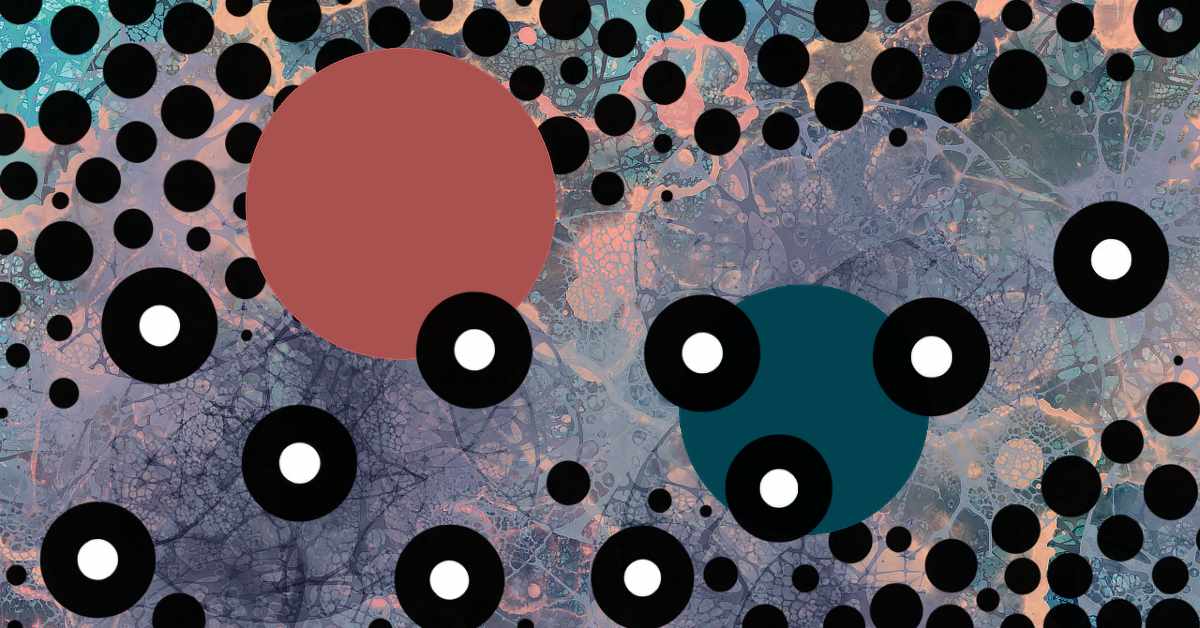The Power of the Dot: A Small Shape with Big Meaning in Art

Sometimes, the simplest marks carry the most weight. The dot—just a single point—might seem unremarkable at first glance, but it’s one of the most powerful and persistent motifs in art history. From ancient symbolism to contemporary installations, artists have long used dots to explore everything from infinity to identity.
Why the Dot Matters
At its core, a dot is the beginning of a line—a seed of visual expression. It’s the first mark a child makes when learning to draw. It’s also the root of many artistic systems: pixels in digital art, stippling in pen drawing, and pointillism in painting. The dot can be both the simplest form and the building block of complex patterns.
Yayoi Kusama: The Queen of Dots
One of the most iconic uses of the dot in modern art comes from Yayoi Kusama, the Japanese avant-garde artist known for her immersive, polka-dotted environments. Her dots aren’t just playful—they’re deeply psychological. Kusama has spoken openly about experiencing hallucinations since childhood, often involving fields of repeating dots. For her, covering objects, rooms, and even herself in dots became a form of self-erasure, a way to dissolve into the universe.
Dots in Pointillism and Aboriginal Art
Long before Kusama, Georges Seurat and Paul Signac revolutionized painting with pointillism, a technique that built entire images from tiny, individual dots of pure color. The dots blended optically rather than physically—letting the viewer’s eye do the mixing.
In Aboriginal Australian art, dot painting has deep cultural and spiritual roots. These dots can represent ancestral stories, maps of the land, and metaphysical journeys. Though abstract to outsiders, every arrangement of dots holds meaning within its cultural context.
The Dot in Digital and Contemporary Culture
In the digital age, the dot has become more relevant than ever. Think pixels, loading dots, ellipses, or the single dot in a URL. Minimalist artists also embrace the dot for its purity—an anti-image in a sea of overstimulation.
In contemporary design and illustration, dots are used to add rhythm, texture, and a sense of movement. They’re playful and approachable—yet can carry symbolic weight when repeated or isolated.
Closing Thoughts: Why Artists Keep Coming Back to the Dot
Dots may be simple, but they’re far from boring. Their power lies in their versatility: they can be meditative, obsessive, decorative, or symbolic. Whether you see them as tiny anchors of form or infinite portals of meaning, the humble dot deserves its place in the spotlight.
So next time you spot a polka dot dress, a pixelated image, or a minimalist canvas with just a single point—pause and consider: what’s the story behind the dot?






0 Comments